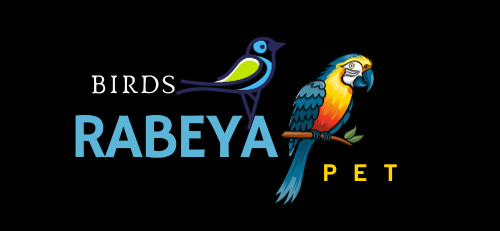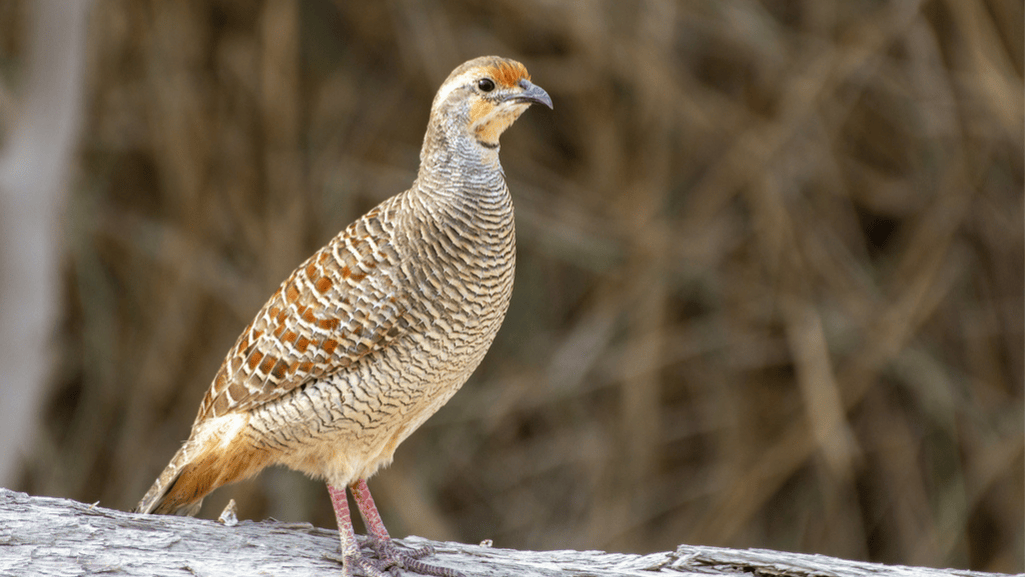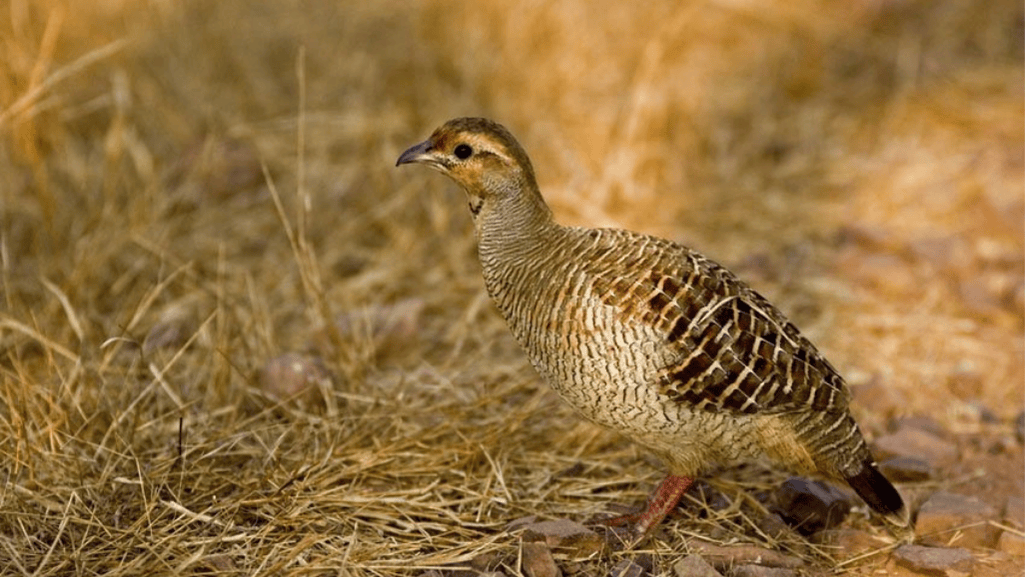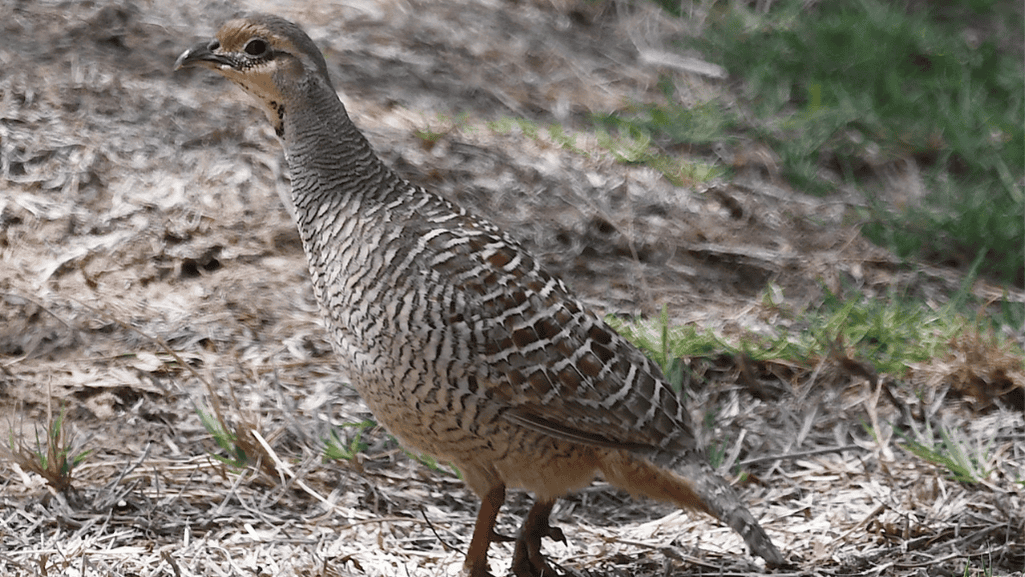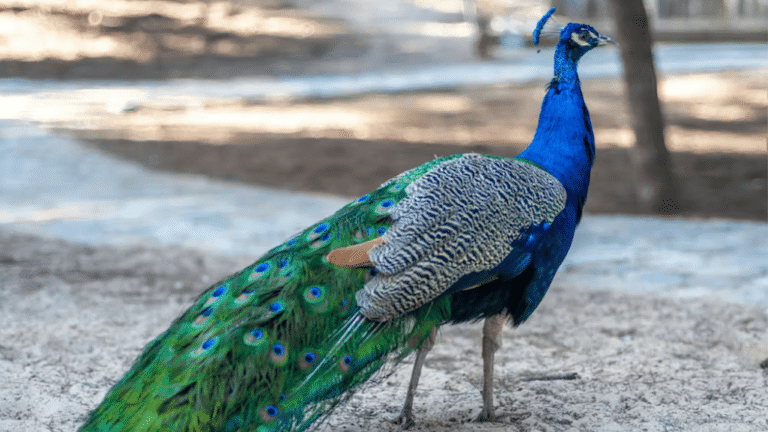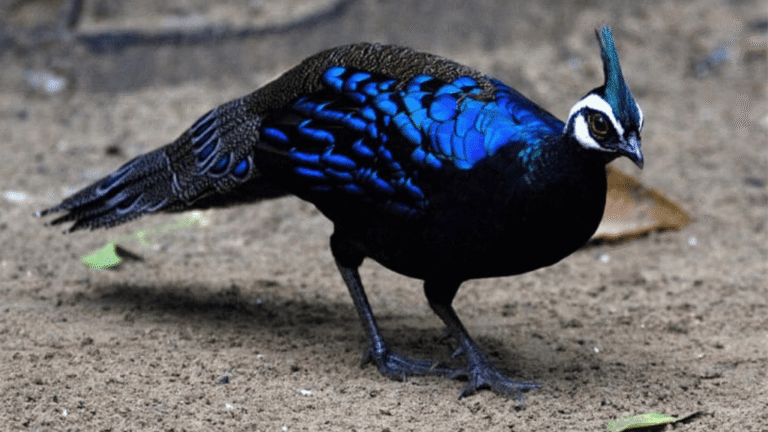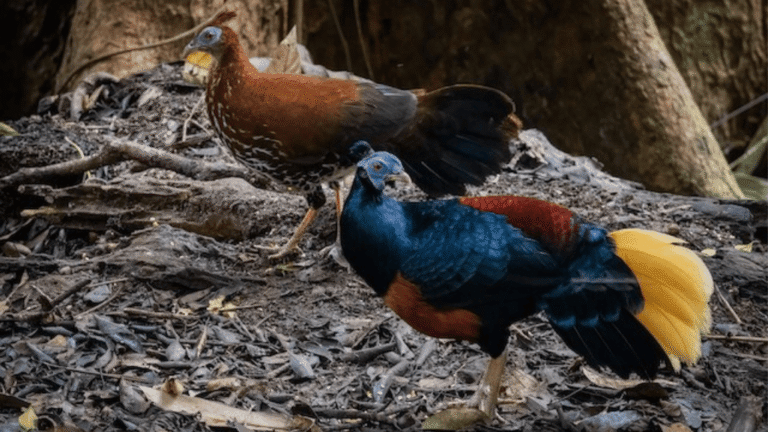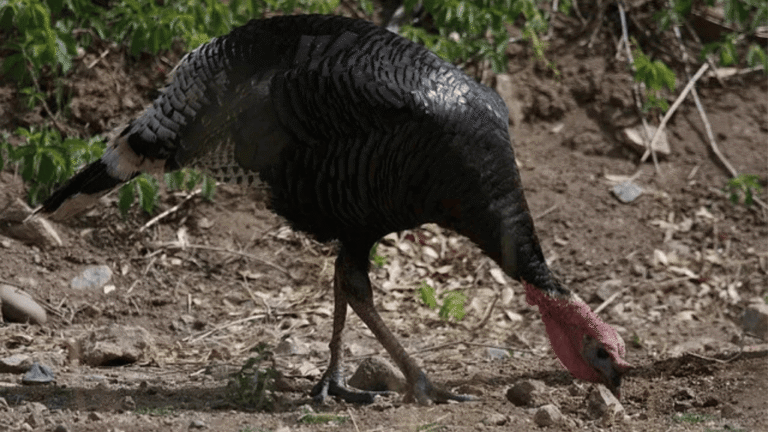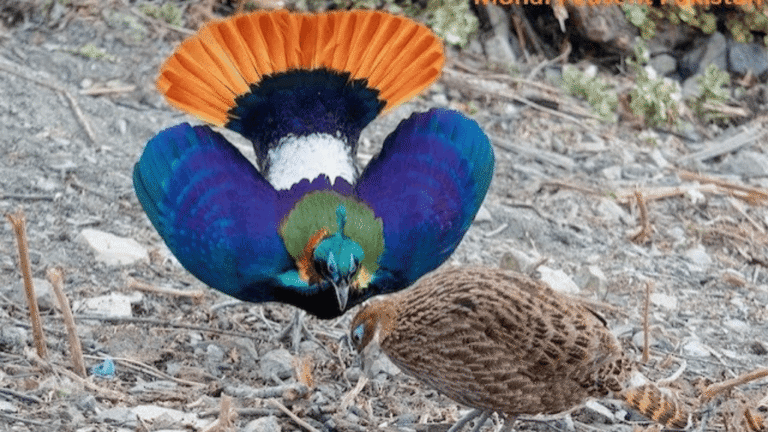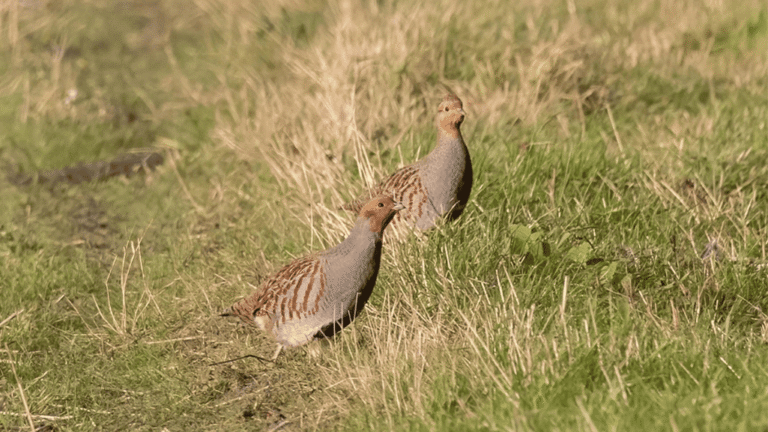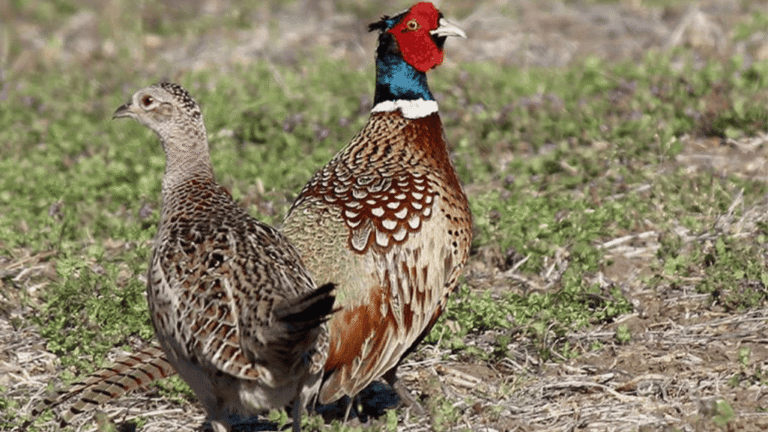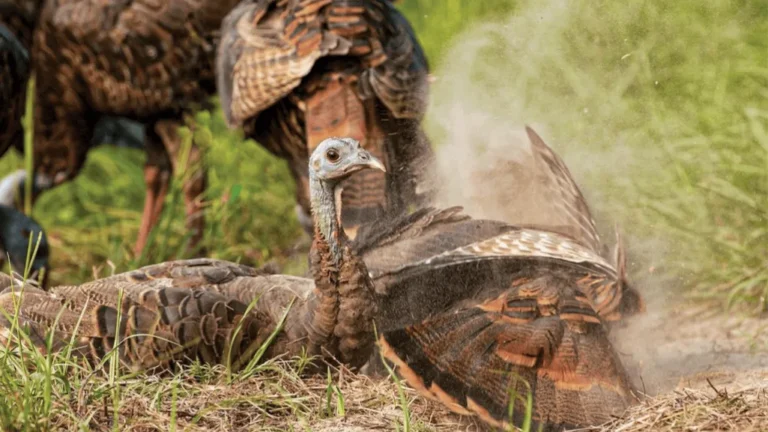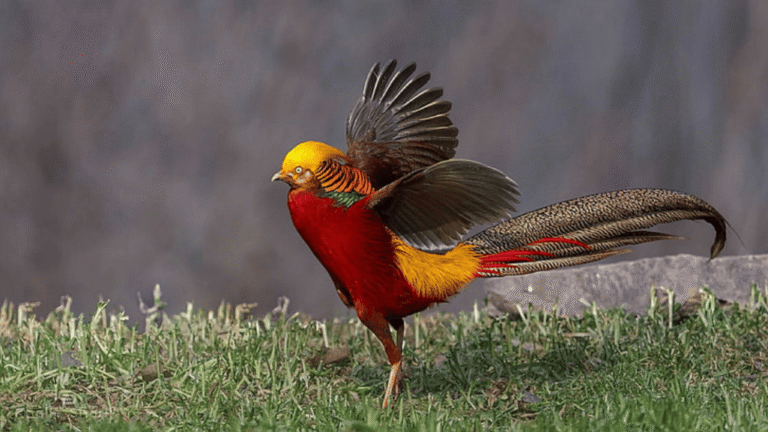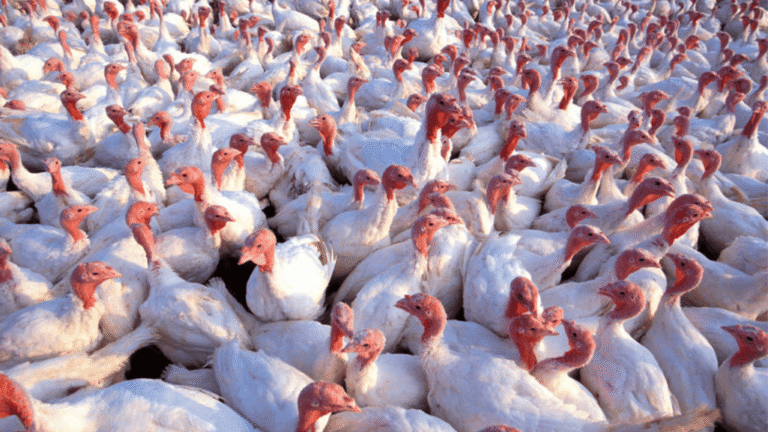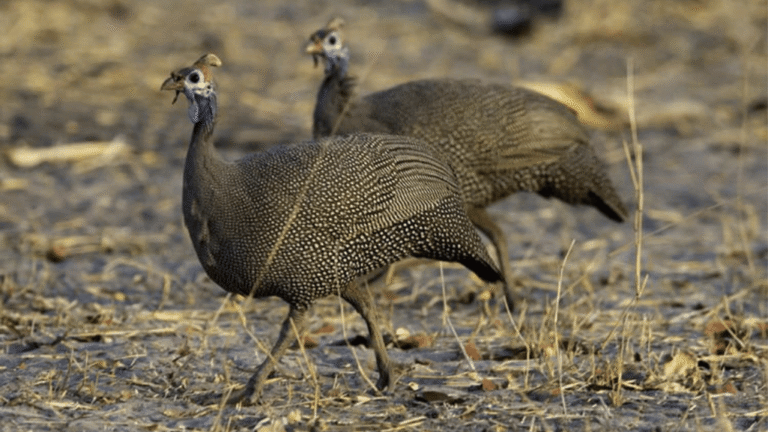The Grey Francolin, scientifically known as Ortygornis pondicerianus, is a species of bird belonging to the family Francolinidae. It is a medium-sized francolin with barred plumage and a pale face with a thin black border. The males have spurs on their legs, while the females usually lack them. This bird species is found in different subspecies across regions such as India, Pakistan, Iran, and Sri Lanka. It is commonly seen foraging on bare or low grass-covered ground in scrub and open country, and it is known for its distinctive calls and behaviors. The Grey Francolin is of conservation concern and is protected in various nature reserves and habitats.
Key Takeaways:
- The Grey Francolin is a medium-sized bird belonging to the family Francolinidae.
- It is found in regions such as India, Pakistan, Iran, and Sri Lanka.
- The species is known for its distinctive calls and behaviors.
- The Grey Francolin is protected in various nature reserves and habitats.
- Conservation efforts are required to protect this bird species and its habitat.
Physical Appearance of the Grey Francolin
The Grey Francolin is a medium-sized bird belonging to the Francolinidae family. With its striking physical features, this bird species is not easily mistaken for others. Let’s explore the notable characteristics of the Grey Francolin:
Size and Weight
The average length of male Grey Francolins ranges from 11.6 to 13.4 inches, while females measure between 10.2 and 11.9 inches. In terms of weight, males usually weigh between 9 and 12 ounces, while females weigh between 7 and 11 ounces.
Plumage and Facial Features
The plumage of the Grey Francolin is distinguishable by its barred pattern, which extends throughout its body. The face of this bird species is pale, with a thin black border to the pale throat. Here is an image highlighting the physical appearance of a Grey Francolin:
Leg Spurs
Males of the Grey Francolin can possess up to two spurs on their legs, adding to their unique physical traits. In contrast, females generally do not have spurs.
Distinguishing Features
The Grey Francolin can be differentiated from similar bird species, such as the Painted Francolin, by the absence of a rufous vent. Additionally, variations in plumage can be observed among different subspecies, showcasing differences in coloration and patterns.
The physical appearance of the Grey Francolin exemplifies the beauty and diversity found among bird species. Its unique features make it a captivating subject for birdwatchers and wildlife photographers.
Distribution and Habitat of the Grey Francolin
The Grey Francolin, a member of the Francolinidae family, is a widely distributed bird species found in various regions of the Indian subcontinent. It inhabits diverse habitats ranging from the foothills of the Himalayas to the Indus valley and Bengal.
Its natural habitat primarily includes scrub and open country, where it can be observed foraging on bare or low grass-covered ground. The Grey Francolin prefers areas with dense vegetation that provide cover and food sources.
While the species is commonly found in India, Pakistan, Iran, and Sri Lanka, it has also been introduced to other regions, including the Andaman and Chagos Islands, Nevada, and Hawaii. However, these introduced populations are not as prevalent or widespread as the native populations.
Here is a table showcasing the distribution and habitat preferences of the Grey Francolin:
| Region | Native Distribution | Introduced Populations | Preferred Habitat |
|---|---|---|---|
| India | Found across the country, excluding higher altitudes | – | Scrub and open country with dense vegetation |
| Pakistan | Widespread, except at altitudes above 1200 meters | – | Scrubland and low grass-covered areas |
| Iran | Mainly found in the southern regions | – | Open country and agricultural lands |
| Sri Lanka | Found throughout the island | – | Wetlands, grasslands, and agricultural areas |
| Andaman and Chagos Islands | – | Introduced populations exist | Coastal areas and open habitats |
| Nevada, USA | – | Introduced populations exist | Grasslands and agricultural areas |
| Hawaii, USA | – | Introduced populations exist | Tropical forests and grassy areas |
The Grey Francolin’s distribution and habitat preferences highlight its adaptability to different environments, as long as suitable conditions and resources are available. Understanding its distribution helps us appreciate the diversity and conservation needs of this remarkable bird species.
Behavior and Breeding of the Grey Francolin
The Grey Francolin, belonging to the francolinidae family, is renowned for its distinct behavior and breeding patterns. This bird species exhibits fascinating vocal traits, engaging in vocal duets during the early mornings. Pairs of Grey Francolins communicate through loud calls, creating a captivating symphony in their natural habitat. The female call consists of a repeated “tee…tee…tee,” while the duet challenge call is characterized by the rhythmic repetition of “kateela..kateela..kateela.”
Grey Francolins are typically observed in small groups and display territorial behavior during the breeding season. Breeding for this species predominantly occurs from April to September, with nests meticulously crafted as hidden scrapes on the ground or occasionally in niches within walls or rocks. The clutch size of the Grey Francolin usually ranges from six to eight eggs, although larger clutches have been recorded.
The diet of the Grey Francolin encompasses a wide variety of foods. They primarily feed on seeds, grains, and insects, but they may occasionally consume larger prey like snakes, adding a unique aspect to their feeding behavior.
Understanding the behavior and breeding habits of the Grey Francolin contributes to our appreciation of the avian world, shedding light on the complexities of this remarkable bird species.
Threats and Conservation of the Grey Francolin
The Grey Francolin, a member of the Francolinidae family, faces various threats to its population. These threats include habitat loss, hunting, and the introduction of non-native species. Habitat loss due to agricultural expansion and urbanization has resulted in a decline in suitable habitats for the Grey Francolin.
Hunting is a major threat to the Grey Francolin, with the species being targeted in many areas using nets and decoy birds. This has had a detrimental impact on their population numbers.
Efforts are being made to conserve this bird species through the establishment of nature reserves and protected areas. These initiatives aim to preserve the Grey Francolin’s habitat and provide a safe haven for the species. By creating these protected spaces, conservationists hope to mitigate the negative effects of habitat loss and hunting.
Wildlife conservation organizations and bird enthusiasts play a crucial role in raising awareness about the threats faced by the Grey Francolin and promoting its conservation. Their efforts help educate the public about the importance of protecting this bird species and its habitat.
Conservation initiatives, such as the preservation of nature reserves and the promotion of habitat conservation, are essential for ensuring the survival of the Grey Francolin and other endangered bird species. By working together, we can protect this unique bird and contribute to the preservation of biodiversity.
Cultural Significance of the Grey Francolin
The Grey Francolin, a bird species belonging to the Francolinidae family, holds great cultural significance in northern India and Pakistan. Its historical association with the region reveals a fascinating interplay between nature and human culture.
| Domestication for Fighting | Metaphor for Beauty and Grace | Association with the Moon |
|---|---|---|
| The Grey Francolin has been domesticated for fighting in certain regions. Unlike their wild counterparts, domesticated Grey Francolins can grow larger in size and are carefully nurtured by hand. These birds exhibit remarkable tameness and trust towards their caretakers, resembling the loyalty and companionship often associated with pet dogs. | The running and graceful movements of the Grey Francolin have frequently been mentioned in literature and poetry as metaphors for beauty and grace. These elegant birds captivate the imagination of artists and writers, inspiring them to depict their enchanting attributes through language and art. | In traditional tales, the Grey Francolin is linked to the moon, symbolizing perpetual longing and a sense of unattainability. The cultural significance of this association reinforces the bird’s allure and adds depth to its representation in various forms of cultural expression. |
The profound cultural significance of the Grey Francolin in the local traditions and heritage of northern India and Pakistan enhances the importance of conserving this species. Its rich history and symbolic value serve as a reminder of the interconnectedness between nature and human culture, highlighting the need to protect and preserve not only the bird itself but also the cultural heritage that it represents.
Conclusion
The Grey Francolin, a mesmerizing bird species belonging to the Francolinidae family, has captured the attention of birdwatchers, wildlife photographers, and nature enthusiasts alike. Its distinctive habits and unique physical appearance make it a fascinating subject for wildlife photography. However, the conservation status of the Grey Francolin as a species of concern reminds us of the importance of preserving its natural habitat and ensuring the long-term survival of this remarkable bird.
By delving into the behavior and characteristics of the Grey Francolin, we gain a deeper understanding of its ecological significance. As a result, we appreciate the need for wildlife conservation efforts to protect not only the Grey Francolin but also other bird species within its ecosystem. Conserving the Grey Francolin is essential for maintaining the delicate balance of nature, safeguarding biodiversity, and ensuring the future generations can experience the beauty of this avian wonder.
Whether encountered in dedicated nature reserves or observed in its natural habitat, the Grey Francolin continues to inspire awe and ignite a passion for bird conservation and appreciation. Its presence in the wild presents opportunities for wildlife photographers to capture the splendor of this bird species. Through their lens, they document the Grey Francolin’s elegance and contribute to raising awareness about the importance of its preservation.
FAQ
What is the Grey Francolin?
The Grey Francolin (Ortygornis pondicerianus) is a medium-sized bird belonging to the family Francolinidae.
Where is the Grey Francolin found?
The Grey Francolin is found in regions such as India, Pakistan, Iran, and Sri Lanka.
What is the physical appearance of the Grey Francolin?
The Grey Francolin has barred plumage, a pale face with a thin black border, and males may have spurs on their legs.
What is the habitat of the Grey Francolin?
The Grey Francolin is commonly found in scrub and open country, where it forages on bare or low grass-covered ground.
What are the behaviors and breeding habits of the Grey Francolin?
The Grey Francolin is known for its distinctive calls, territorial behavior during the breeding season, and nesting on the ground or in niches.
What are the threats to the Grey Francolin and how is it being conserved?
The Grey Francolin faces threats such as habitat loss and hunting. Conservation efforts include the establishment of nature reserves and raising awareness.
What is the cultural significance of the Grey Francolin?
The Grey Francolin holds cultural importance in areas of northern India and Pakistan where it has been domesticated for fighting.
Why is the conservation of the Grey Francolin important?
The conservation of the Grey Francolin is crucial to preserve its unique behavior, physical characteristics, and cultural significance for future generations.

